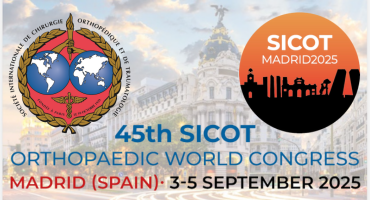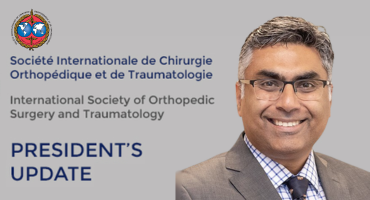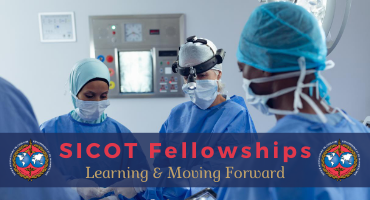Predicting survival outcomes in dedifferentiated chondrosarcoma: a prognostic factor analysis from a National Registry
SICOT J. 2025;11:16. doi: 10.1051/sicotj/2025011. Epub 2025 Mar 13.
ABSTRACT
INTRODUCTION: Dedifferentiated chondrosarcoma (DDCS) is a high-grade subtype of chondrosarcoma with a poor prognosis. Treatment for localized DDCS generally involves wide resection; the effectiveness of adjuvant radiotherapy and chemotherapy is questionable. This research was designed to find prognostic factors for DDCS and evaluate the impact of adjuvant therapies on localized cases.
METHODS: One hundred thirty-two patients with DDCS diagnosed by pathology in the period 2006 to 2022 were identified in the Japanese National Bone and Soft Tissue Tumor Registry database and were retrospectively analyzed.
RESULTS: Patients with distant metastases at diagnosis (n = 34) had significantly poorer survival than those without metastases (n = 98), with a 5-year disease-specific survival (DSS) of 9.7% vs. 37.1% (P < 0.0001). For patients without distant metastasis at diagnosis, uni- and multivariate analysis showed that R1 or R2 surgical margin was an independent risk factor linked with unfavorable local recurrence (hazard ratio [HR] 3.39 [95% CI: 1.35-8.52]; P = 0.010). Adjuvant radiotherapy was not associated with local recurrence (HR 2.41 [95% CI: 0.87-6.64]; P = 0.090). Larger size (HR 1.13 [95% CI: 1.06-1.19]; P < 0.001) and no surgery (HR 3.87 [95% CI: 1.61-9.28]; P = 0.002) were independent risk factors for unfavorable DSS. Previous surgery (HR 0.19 [95% CI: 0.04-0.84]; P = 0.028) and adjuvant chemotherapy (HR 0.36 [95% CI: 0.16-0.77]; P = 0.009) were independent risk factors for favorable DSS.
DISCUSSION: Survival may have been improved by chemotherapy, but the effect of adjuvant radiotherapy in controlling the local spread of the tumor appears to have been limited in DDCS cases that were localized.
PMID:40079610 | PMC:PMC11905765 | DOI:10.1051/sicotj/2025011














